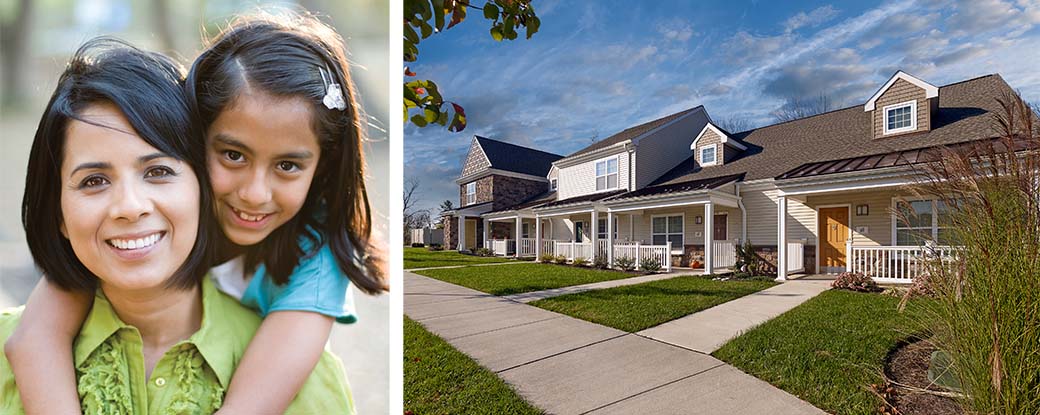News & Views
State Housing Tax Credits Address the Growing Need for Affordable Housing

The need for affordable housing is more prevalent than ever, with unemployment rates rising and communities expected to face long-term adverse impacts from the coronavirus pandemic. As the housing crisis grows nationwide, many states are taking action by proposing and adopting legislation to create a state housing tax credit.
State housing tax credits are designed to incentivize private investment in new and existing affordable residential communities to create more housing options for low-income residents and revitalize underserved neighborhoods. Aside from being a financial vehicle to help get affordable projects off the ground, these programs provide lasting benefits through job creation and increased economic opportunity for vulnerable communities, such as seniors, individuals living with disabilities, and low-income families.
Currently, there are 17 states in the U.S. with state housing tax credit programs, with six proposed bills to be voted on – including Senate Bill 30 in Pennsylvania. According to the Housing Alliance of Pennsylvania, the state is faced with a severe shortage of available affordable housing, especially for households making less than 30% of the Area Median Income (AMI). For every 100 low-income renter households in Pennsylvania, there are only 66 affordable rental homes available and only 38 affordable units available for very low-income renters.
The structure of funding the development and construction of extremely low and low-income properties is complex. Financing solutions need to be creative with funding woven from a variety of very competitive sources, including federal Low-Income Housing Tax Credits (LIHTC), Federal Home Loan Banks, federal block grants and mortgage loans. State housing tax credits are not a replacement funding source, but rather an additional resource, which can help expedite the development of the affordable housing that our communities desperately need.
The proposed state housing tax credit in Pennsylvania would help developers address this issue by creating an additional funding mechanism to develop housing that serves households earning up to 80% AMI, with 10% of funds to be used towards households earning up to 30% AMI. This can positively impact more than 443,000 extremely low income households across the state.
For example, in 2018 and 2019, Massachusetts’ Department of Housing and Community Development was able to help fund 86 projects throughout the state – successfully creating more than 41,000 low income housing units through the state’s housing tax credit. Thanks to this program and collaboration with local government and community stakeholders, Pennrose has had great success financing transformative projects in communities throughout the state. Most recently, Pennrose celebrated the groundbreaking of Mary D. Stone in Auburn, which will transform a vacant 1920s historic school building into a 55-unit affordable program community for seniors. Additionally, Pennrose is planning to redevelop the former Rogers School in Boston’s Hyde Park neighborhood into an affordable, LGBTQ-friendly senior housing apartment complex.
We know that high-quality, affordable housing has the power to improve lives and transform communities. Now is the time for Pennsylvania – and states across the country – to address the growing need for affordable housing head-on by proposing and passing legislation to create a state housing tax credit.